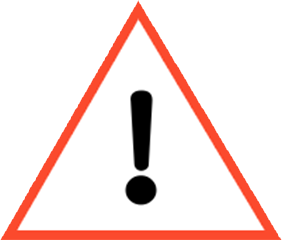Recovery after spiking
Recovery after spiking consists in adding a known quantity of the compound to be analyzed to the sample (this is called “spiking”). This requires the sample to be analyzed without any addition (to account for the initial concentration of the sample).

Thus, by difference it will be possible to estimate the recovery rate of the analyzed compound.

CNon-Spiked: Concentration assessed for the unspiked sample
CSpiked: Concentration assessed for the spiked sample
CAdded: quantity of the substance added in proportion to the sample volume (= concentration of the spiking in the sample)

A minimum of three replicates (ideally 5) is recommended in order to be able to assess a mean recovery rate (with its measurement uncertainty).

It is advisable to perform the spiking at two levels of concentration in order to estimate the recovery rate for each of these concentration levels.

It can lead to mistakes to think in terms of concentration C of the compound (as the compound concentration in the “spiked” sample is different from the concentration of the solution used to “spike” it). It is often preferable to think in terms of quantity (mass) of compound – the recovery calculation is similar.





